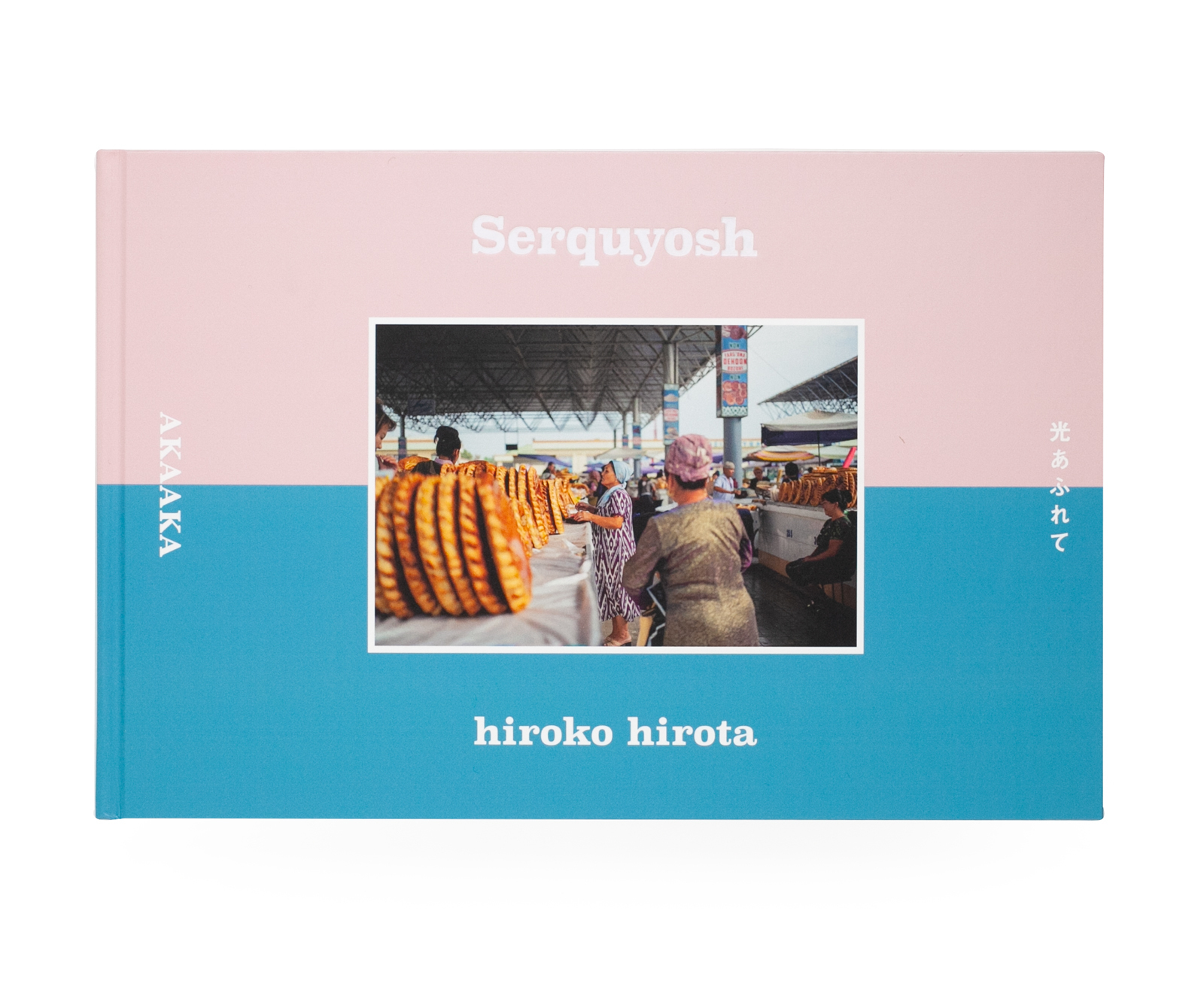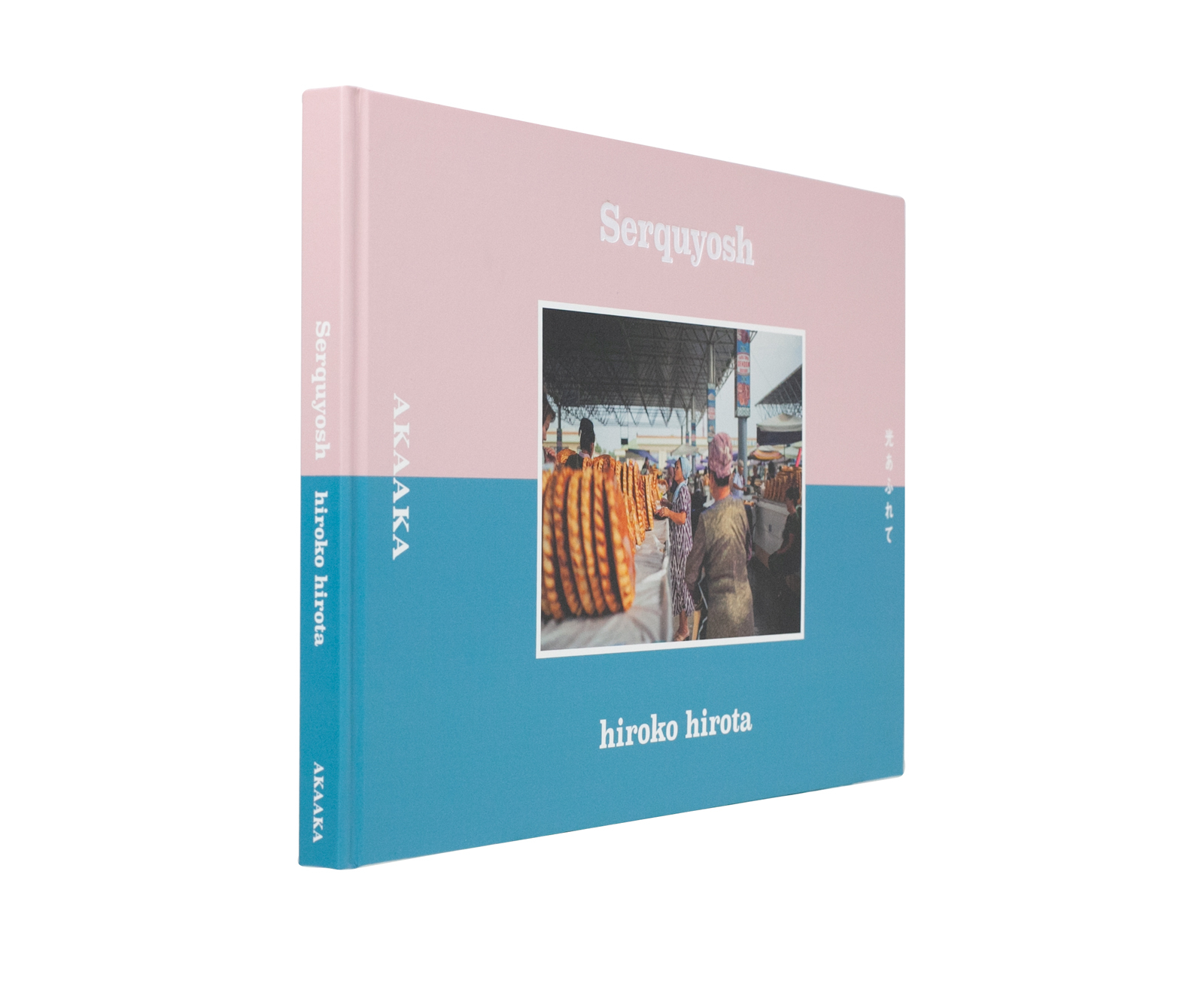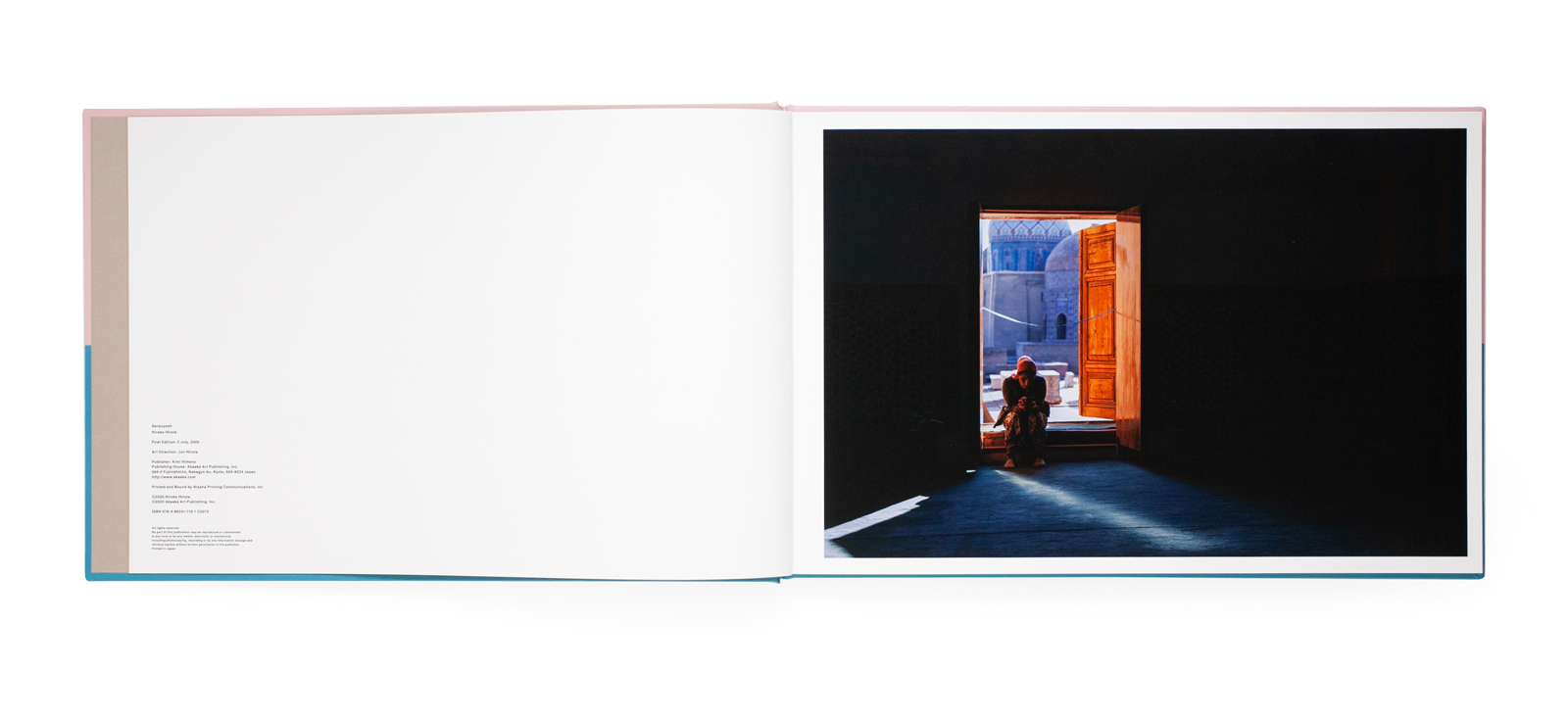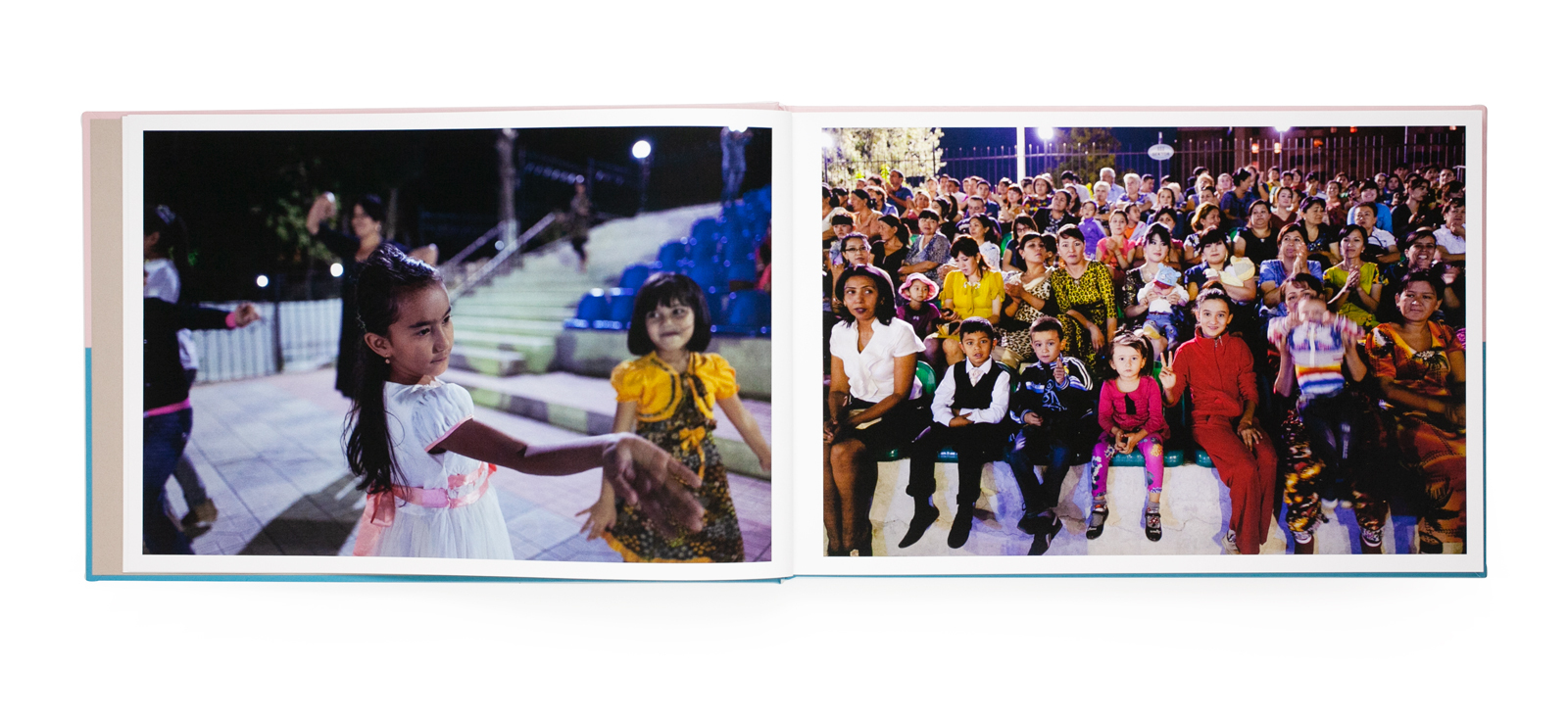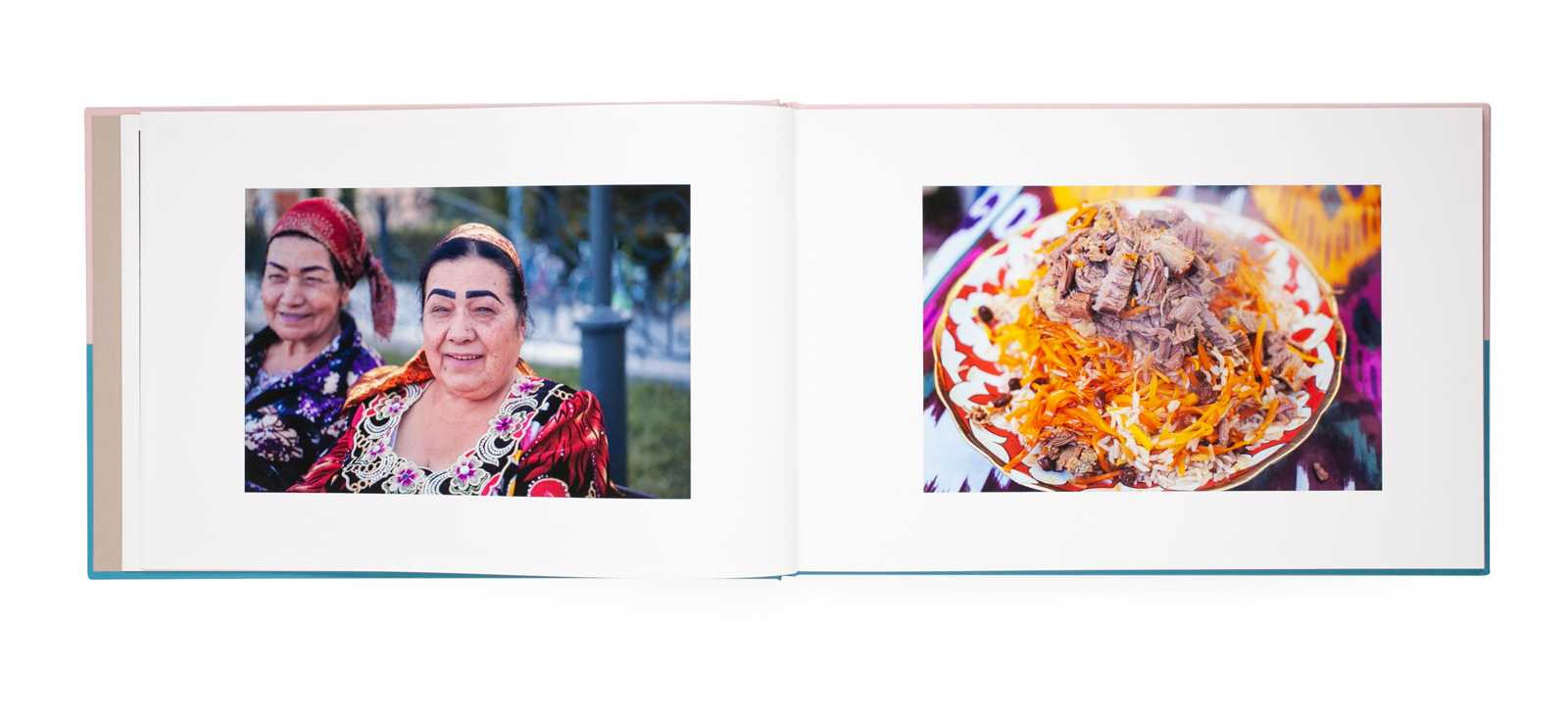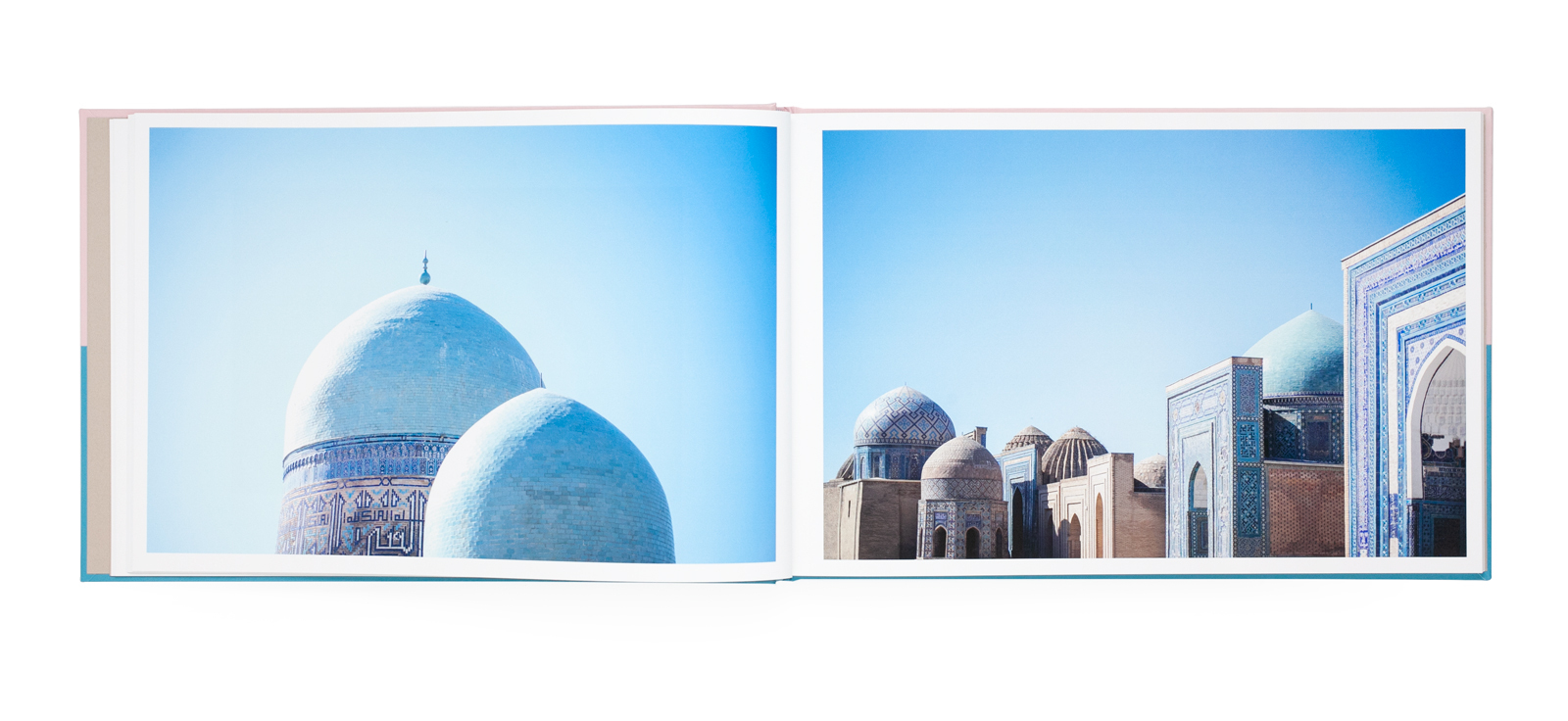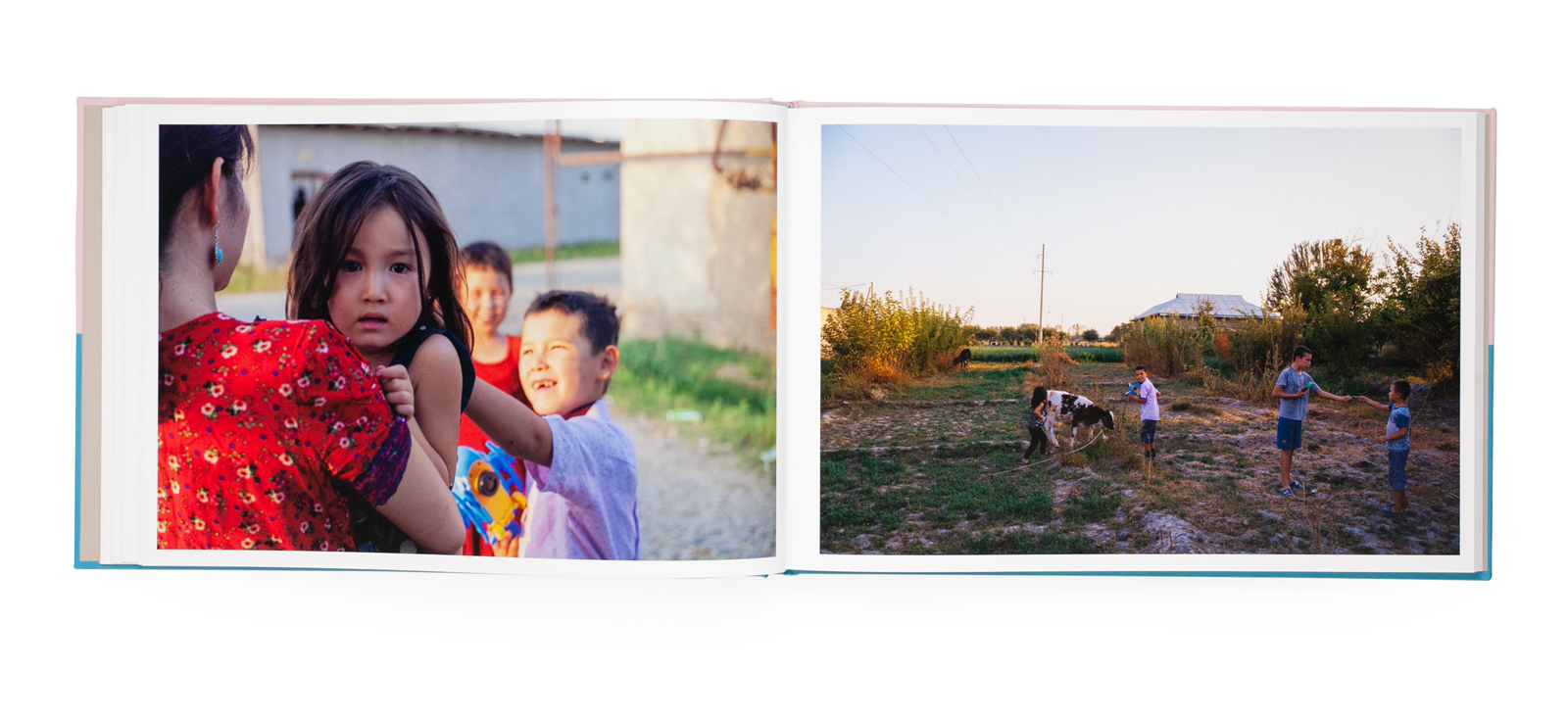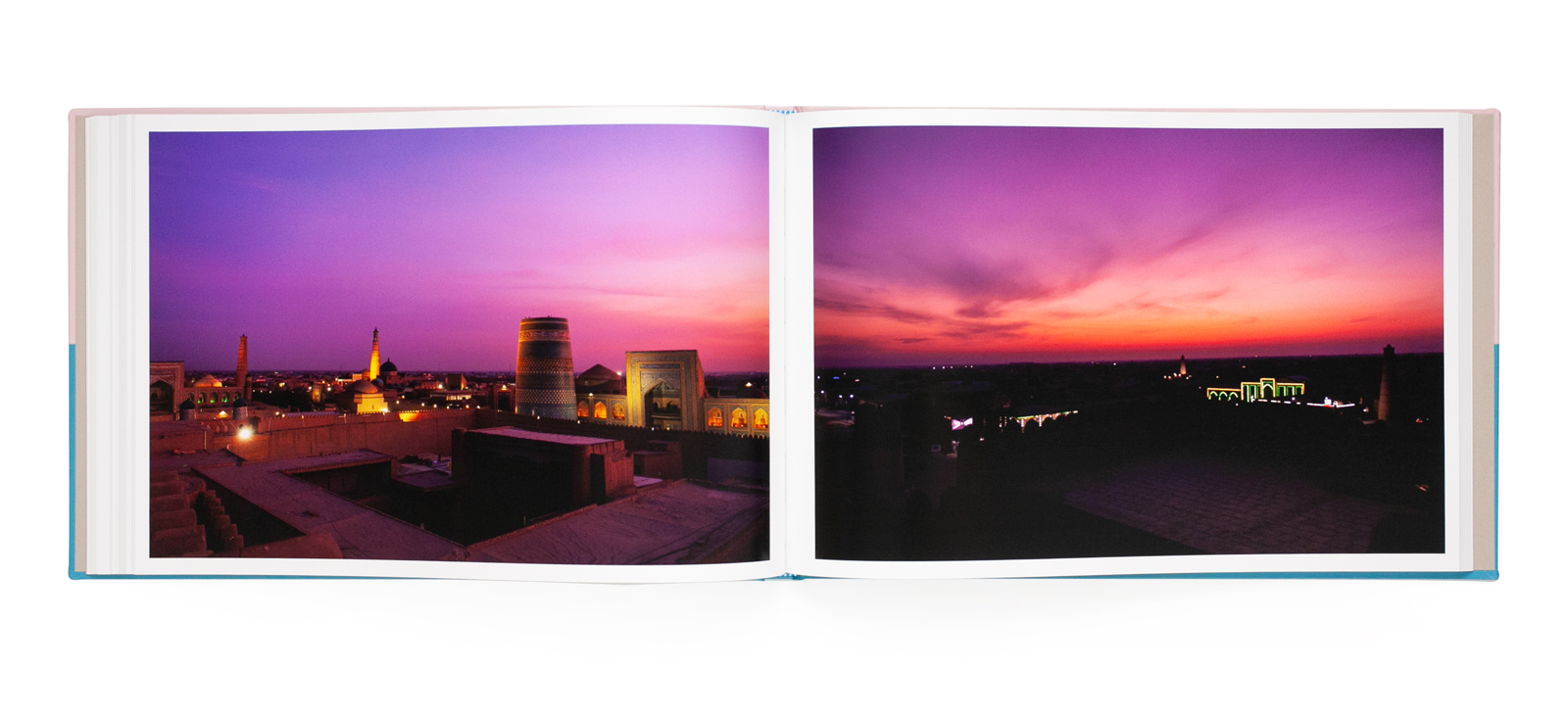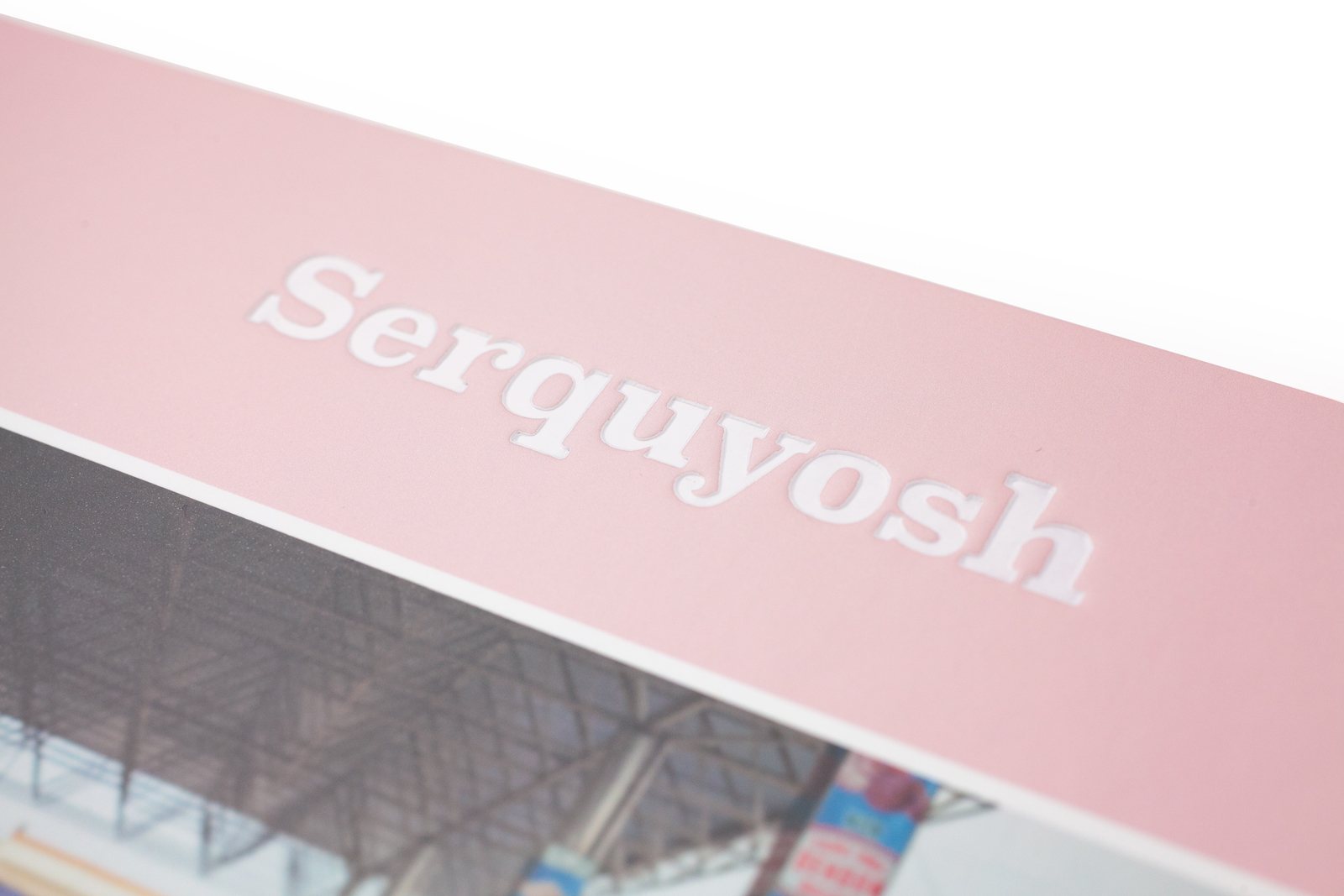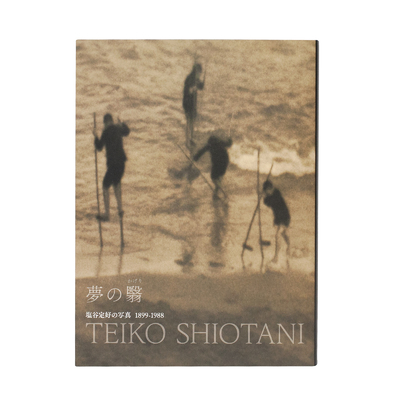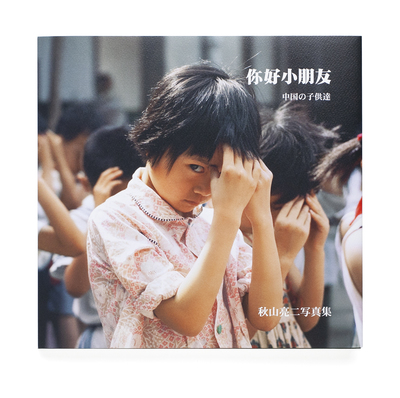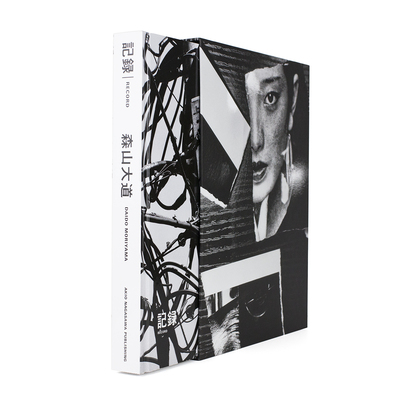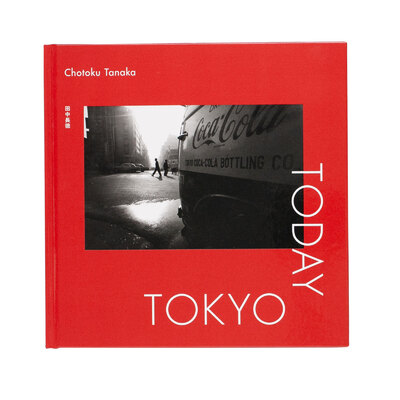Serquyosh
Serquyosh, the Uzbek word for light.
Ever since Hiroko Hirota visited the city of Samarkand in 2015, she had been fascinated by the country, its buildings, its culture, and the warmth of its people. Uzbekistan, which once prospered as a trading center on the Silk Road, is undergoing major changes to its economy, its tourism and many other aspects since the government changed in 2016.
In photographs whose colors glow on the page, Hirota shows us her experience of the country. We see snaps of people on the streets, impromptu portraits of children, small families, brides, or workers, and, of course, the beauty of the historical buildings. But Hirota’s “Serquyosh” also manages to capture less prominent aspects of the country – for example the legacy of tens of thousands of Japanese forced laborers who helped build some of the country’s buildings (and wealth) after the Second World War.
“The Uzbeks share a national culture of optimism; in general, probably because of their history, they believe that good things will always happen, and that the bad will be left behind. And I can only hope that they are right.” (from Hiroko Hirota’s afterword)
$25.69
Checkout This item has been added to your cart.
- Book Size
- 196 × 300 mm
- Pages
- 136 pages
- Binding
- Hardcover
- Publication Year
- 2020
- Language
- English, Japanese
- ISBN
- 978-4-86541-119-5
